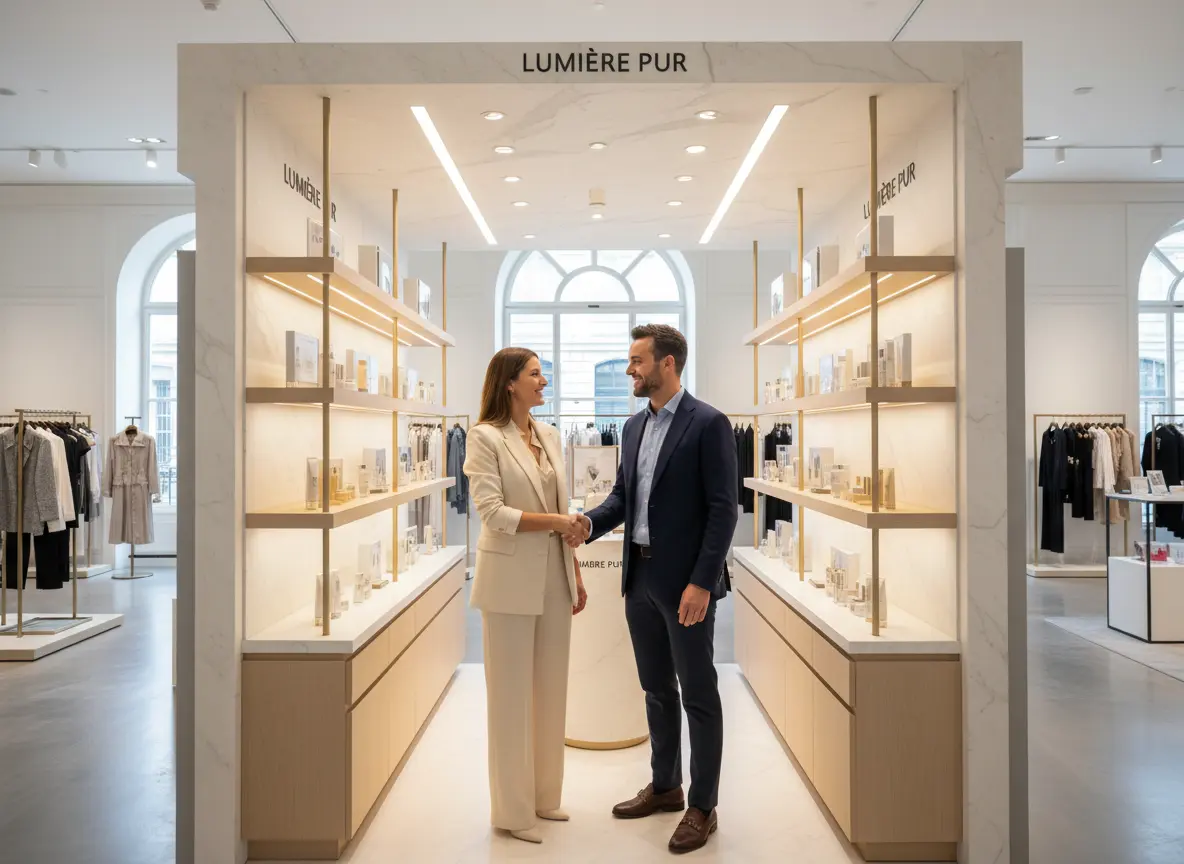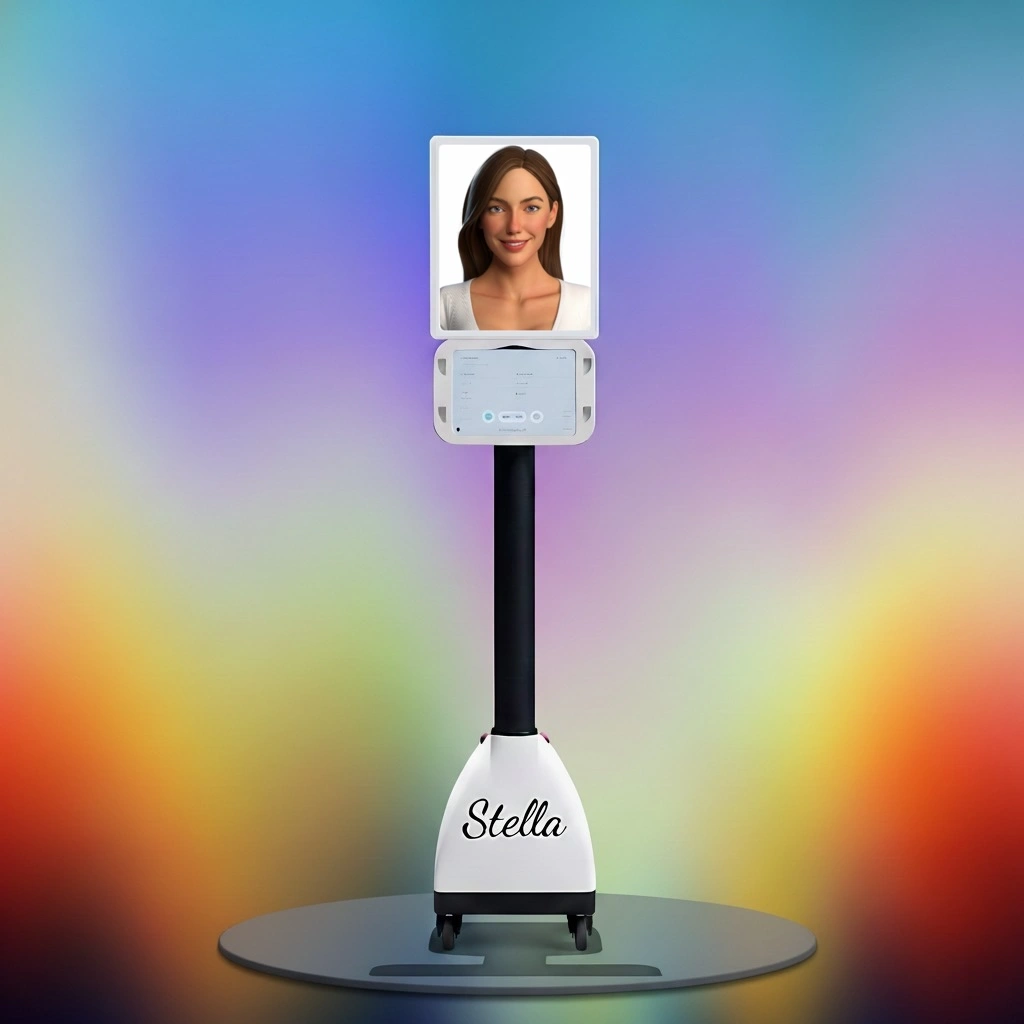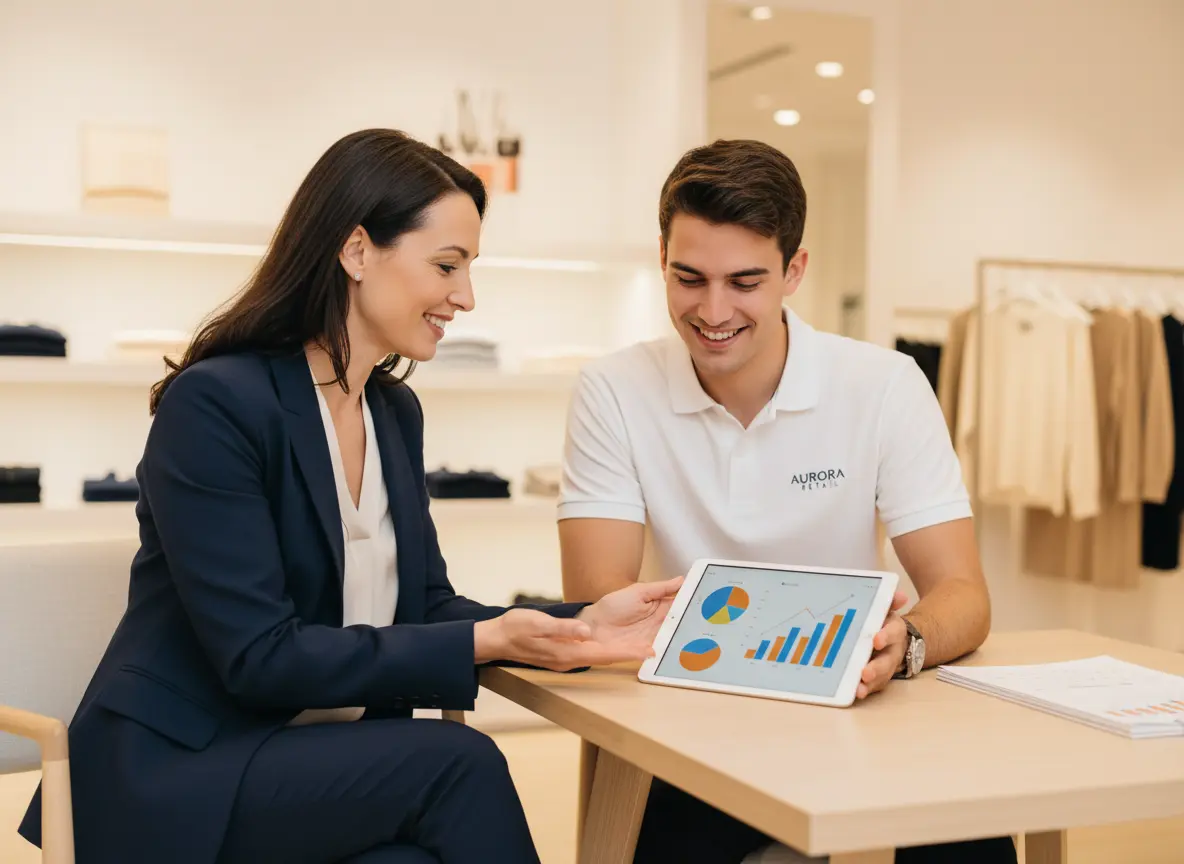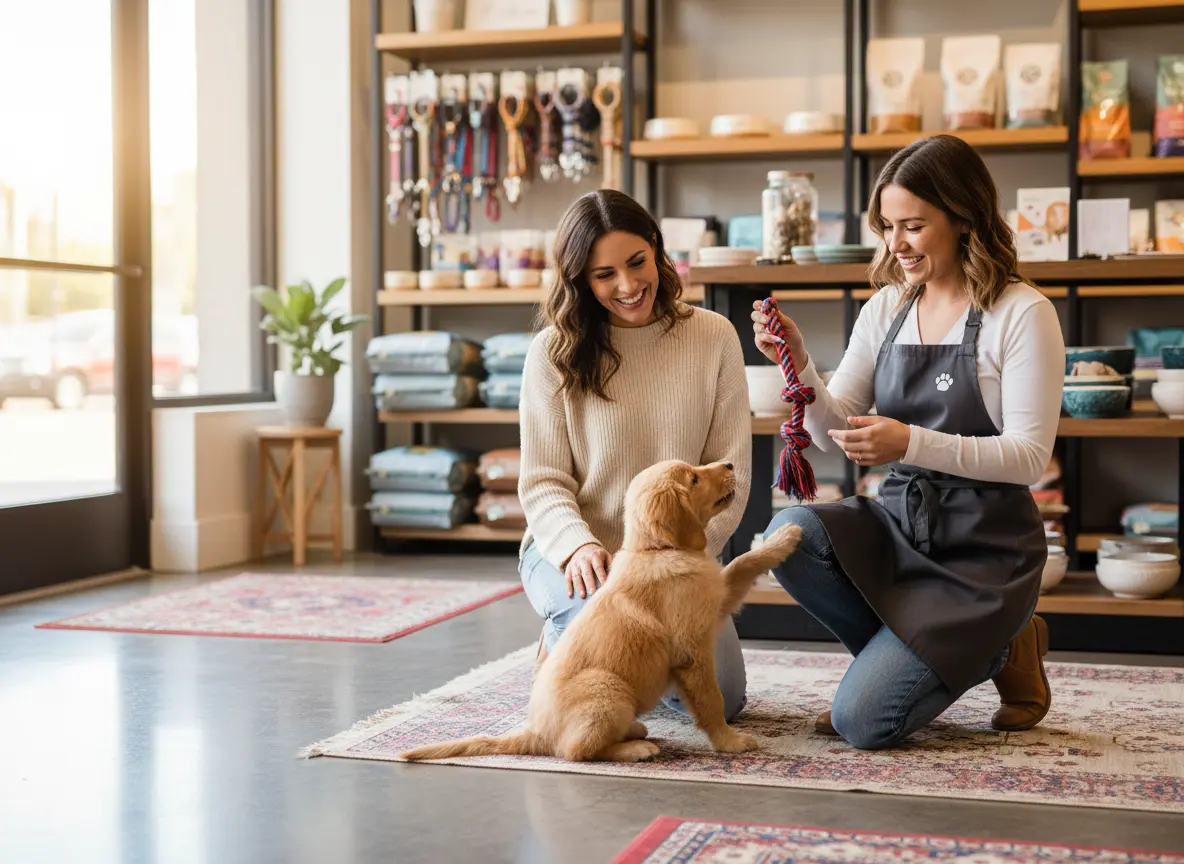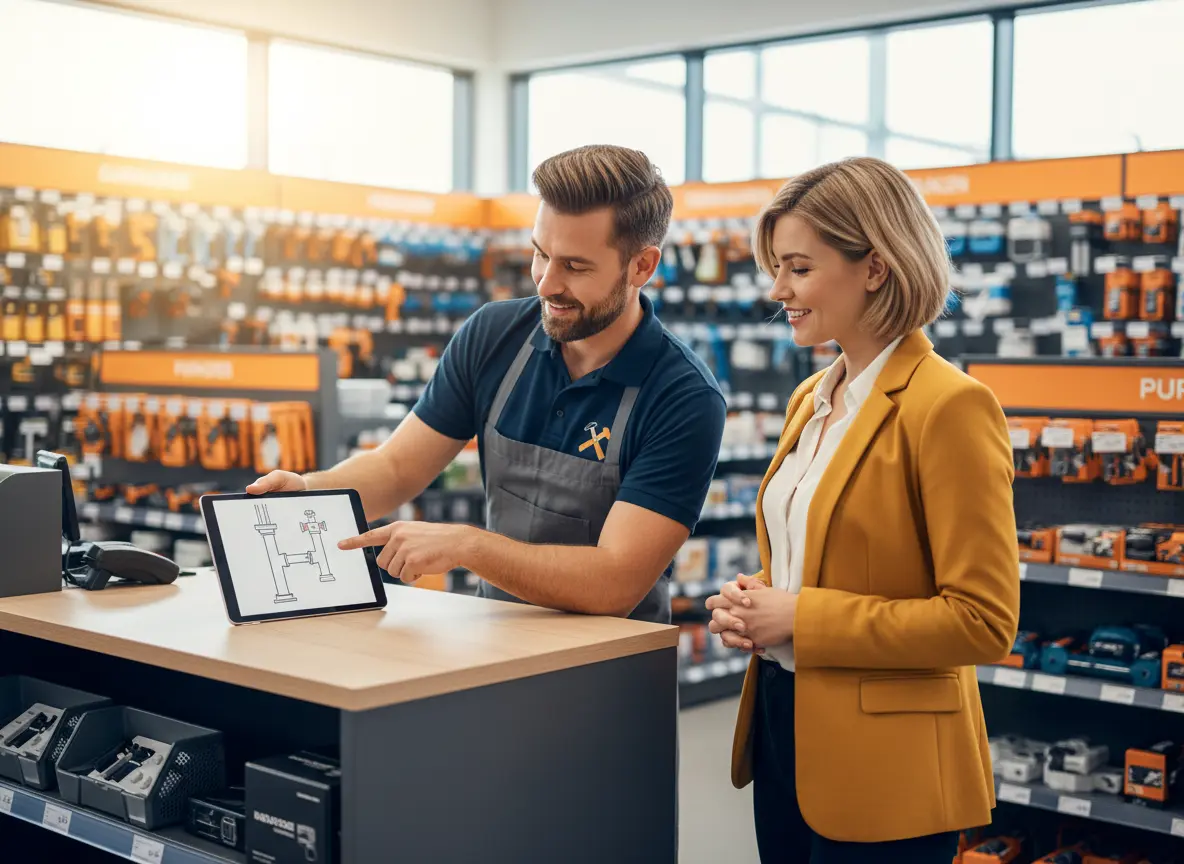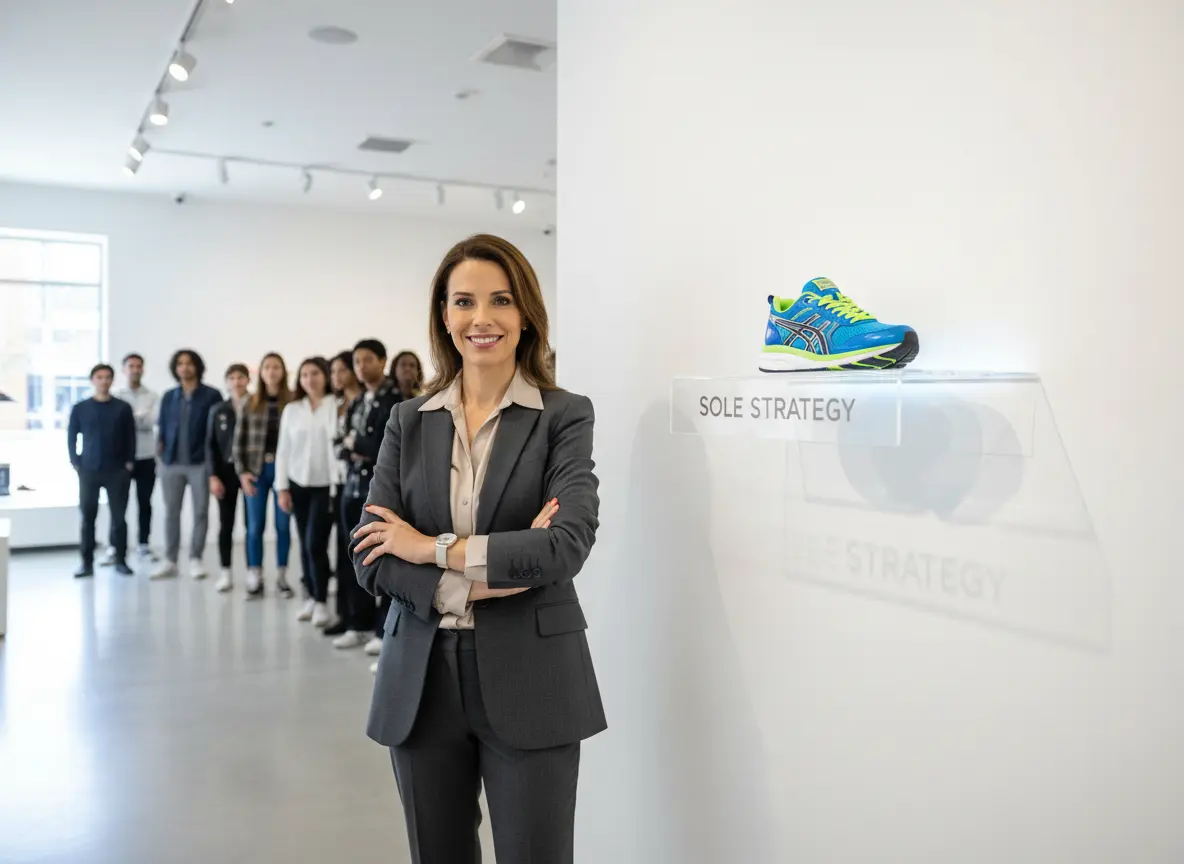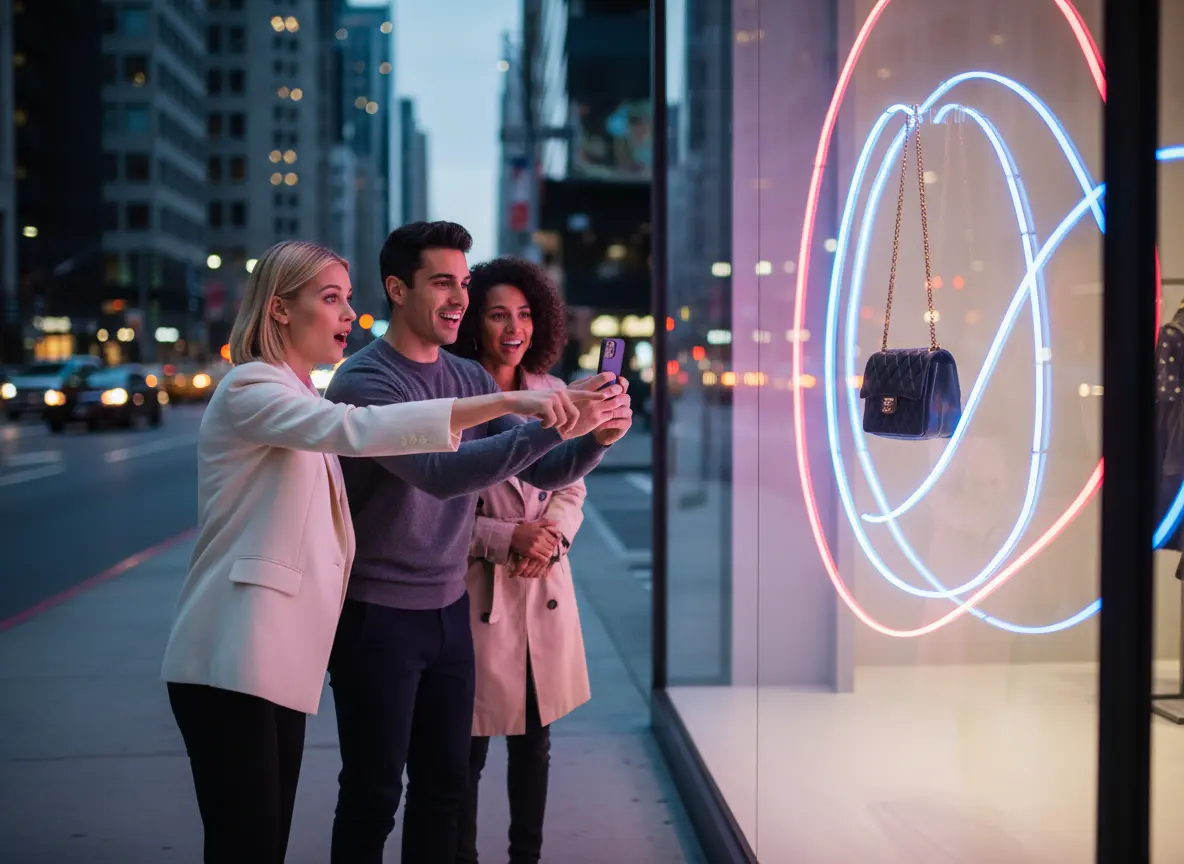Let’s Be Honest, Your Shelves are Getting Bored
You’ve rearranged the front display for the seventeenth time. You’ve moved the slow-moving artisanal soaps from the back corner to the checkout counter, hoping someone will take pity on them. You’ve even considered installing a disco ball, because, hey, why not? We get it. Keeping a retail space fresh and exciting can feel like a hamster wheel powered by caffeine and sheer willpower. Your loyal customers love you, but even they can get a little… accustomed to the scenery.
What if you could inject a jolt of new energy, attract a whole new wave of shoppers, and create a new revenue stream without having to learn the art of disco ball installation? Enter the "store-within-a-store." It’s a concept that’s much sexier than its slightly clunky name suggests. It’s not just subletting a corner to your cousin who makes macrame plant hangers. It's a strategic partnership, a brand collaboration, a beautiful business marriage that can transform your store from familiar to fascinating. Done right, it’s a brilliant way to boost foot traffic and your bottom line. Done wrong… well, let's make sure you do it right.
So, You Want to Play Matchmaker? Finding the Perfect Partner
The success of your store-within-a-store hinges almost entirely on one thing: choosing the right partner. This isn’t the time to swipe right on the first brand that looks good on paper. This is a commitment. You’re inviting someone into your home, and you need to make sure they’re not going to leave dirty dishes in the sink or scare away your regulars.
The "Peanut Butter & Jelly" Test: Complementary, Not Competitive
The golden rule of brand collaboration is to find a partner that complements what you already do. You’re looking for the peanut butter to your jelly, the gin to your tonic. Think about your current customers. What else do they love? What other products or services would make their lives better or their shopping trip more complete? If you run a high-end kitchen supply store, partnering with a local artisan who makes bespoke cutting boards is a genius move. If you own a trendy clothing boutique, featuring a curated collection from an independent jewelry designer makes perfect sense.
What you don’t want is a direct competitor. Inviting another clothing brand into your boutique is less of a collaboration and more of an invitation for a turf war. It sounds obvious, but you’d be surprised. The goal is to create a symbiotic relationship where 1 + 1 = 3. Their customers discover you, your customers discover them, and everyone leaves happier (and with lighter wallets).
Due Diligence is Your New Best Friend
Okay, you’ve identified a potential partner. They seem cool. Their Instagram is on point. Now it’s time to do your homework. A pretty logo doesn't pay the rent. You need to dig deeper to ensure they’re a stable and reliable business that won’t flake out two weeks into your big launch.
Here’s your pre-partnership checklist:
- Financial Health: You don’t need to see their tax returns, but you should have confidence that they’re a going concern. Are they established? Do they have a solid sales history?
- Brand Reputation: Go beyond their curated social media feed. What are people really saying about them? Check Google reviews, Yelp, and social media comments. A partner with a bad reputation can tarnish your own.
- Marketing Muscle: Do they have an engaged audience? A decent email list? Are they willing to actively co-market the partnership, or are they expecting you to do all the heavy lifting? A partnership is a two-way street.
And for heaven's sake, talk to them. Get a feel for their team. Are they professional, communicative, and genuinely excited about the opportunity? If you get a weird vibe, trust your gut. It's better to be single than in a bad business relationship.
Defining the Relationship: The Nitty-Gritty Contract
Congratulations, you’ve found “the one!” Now it’s time to define the terms of your relationship with a legally binding agreement. This is the least romantic but most crucial part of the process. A solid contract is the business equivalent of a pre-nup—it protects both parties and prevents messy, dramatic breakups down the line.
Your agreement should clearly outline:
- The Financials: How is money changing hands? Is it a flat monthly fee for the space, a commission on their sales, or a hybrid model? Be specific.
- The Logistics: Who is responsible for staffing the space? Who handles inventory, stocking, and visual merchandising? Who processes sales and deals with returns?
- The Marketing Plan: Detail the co-promotional activities you’ve both agreed to, from email announcements to in-store signage.
- The Exit Clause: What happens if things don't work out? Define the term of the agreement and the conditions under which either party can terminate it. A clear exit strategy saves a world of pain.
Making the Collaboration Sing (Without Annoying Your Staff)
The contracts are signed, the products are in place. Now for the fun part: making it a smashing success. A great partnership deserves a grand entrance, and your staff needs to be equipped to handle the new dynamic without wanting to hide in the stockroom.
The Grand Unveiling: Cross-Promotion is Key
Don't just quietly place your partner's products on a shelf and hope people notice. You need to shout it from the rooftops! An effective launch requires a coordinated marketing blitz from both you and your partner. Tease the collaboration on social media, send a joint announcement to both of your email lists, and consider hosting a launch party or special event to generate buzz.
Inside the store, the new section needs to be a focal point. But how do you ensure every single customer who walks in knows about this exciting new addition? Your human staff is busy, but your new robotic assistant is not. This is a perfect job for Stella. Stationed right at the entrance, she can be programmed to be the official ambassador for your collaboration. Imagine her greeting shoppers with, "Welcome in! We're so excited to announce our new partnership with 'Urban Botanist.' Their collection of impossible-to-kill houseplants is right over there—it's the perfect way to make your home look trendy without any of the actual effort." Stella can explain the new brand, highlight launch promotions, and answer basic questions, freeing up your team to focus on closing sales for both brands.
Measuring Success and Avoiding a Messy Breakup
The launch party was a hit, and the initial buzz is great. But is the collaboration actually working for your business? Hope is not a strategy, and feelings don't pay the bills. You need to track cold, hard data to evaluate the partnership's performance and make informed decisions about its future.
It’s Not You, It’s the KPIs
To understand the true impact of your store-within-a-store, you need to look beyond the direct sales of your partner’s products (though that’s obviously important). Key Performance Indicators (KPIs) will give you the full picture.
Track these metrics obsessively:
- Foot Traffic: Has your overall store traffic increased since the partnership began? Use door counters or your POS system to get an accurate read. A 2019 study showed that successful pop-ups can increase a store's overall sales by 15-20%.
- Sales Velocity: How quickly are the partner's products selling? Are certain items flying off the shelves while others collect dust? This data is crucial for optimizing inventory.
- The Halo Effect: This is a big one. Are customers who buy the partner's product also buying your products in the same transaction? A higher attach rate means the collaboration is successfully driving sales across the entire store, not just in its designated corner.
- Customer Feedback: What are people saying? Monitor social media mentions and encourage your staff to gather qualitative feedback from shoppers. Are they excited? Confused? Indifferent?
Communication: The Antidote to Resentment
Don't let your partnership run on autopilot. Schedule regular check-ins with your partner brand—once a week at the beginning, then maybe bi-weekly or monthly once you're in a groove. This is your time to review the KPIs together, discuss what’s working, and—more importantly—what isn’t. Is the product placement off? Is the marketing message confusing? Is their staff member not vibing with your team? Honest, open communication is the only way to solve small problems before they become big, resentful ones.
A Quick Reminder About Stella
While you’re busy architecting brilliant brand collaborations and analyzing sales data, remember that your frontline defense never wavers. Stella is always there, greeting every customer, promoting your latest partnership, and ensuring no opportunity is missed, all while your human team focuses on creating amazing customer experiences.
Conclusion: Go Forth and Collaborate
The store-within-a-store model is more than just a trend; it's a powerful strategy for modern retailers looking to innovate, excite customers, and grow their business. It’s about creating an experience that’s greater than the sum of its parts. But it requires thoughtful planning, a carefully chosen partner, and a commitment to making it work for everyone involved.
So, here’s your homework. Take 15 minutes this week and brainstorm three brands—they could be local artisans, online-only businesses, or even service providers—that would be a perfect complementary fit for your store and your customers. You’re not signing a contract, you’re just opening your mind to the possibilities. Go on, play matchmaker. Your shelves (and your balance sheet) will thank you.
